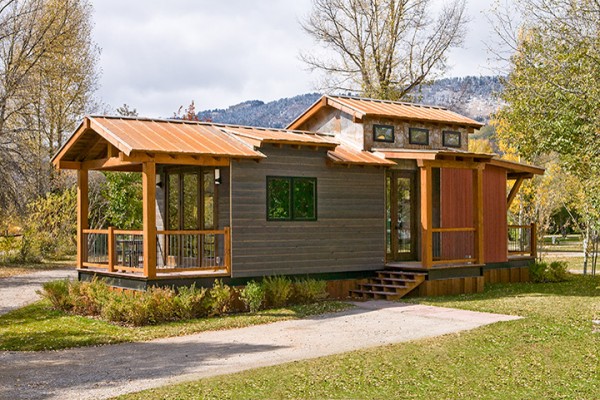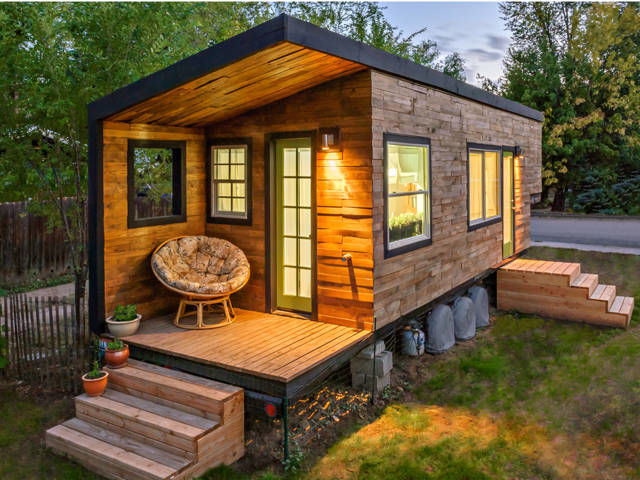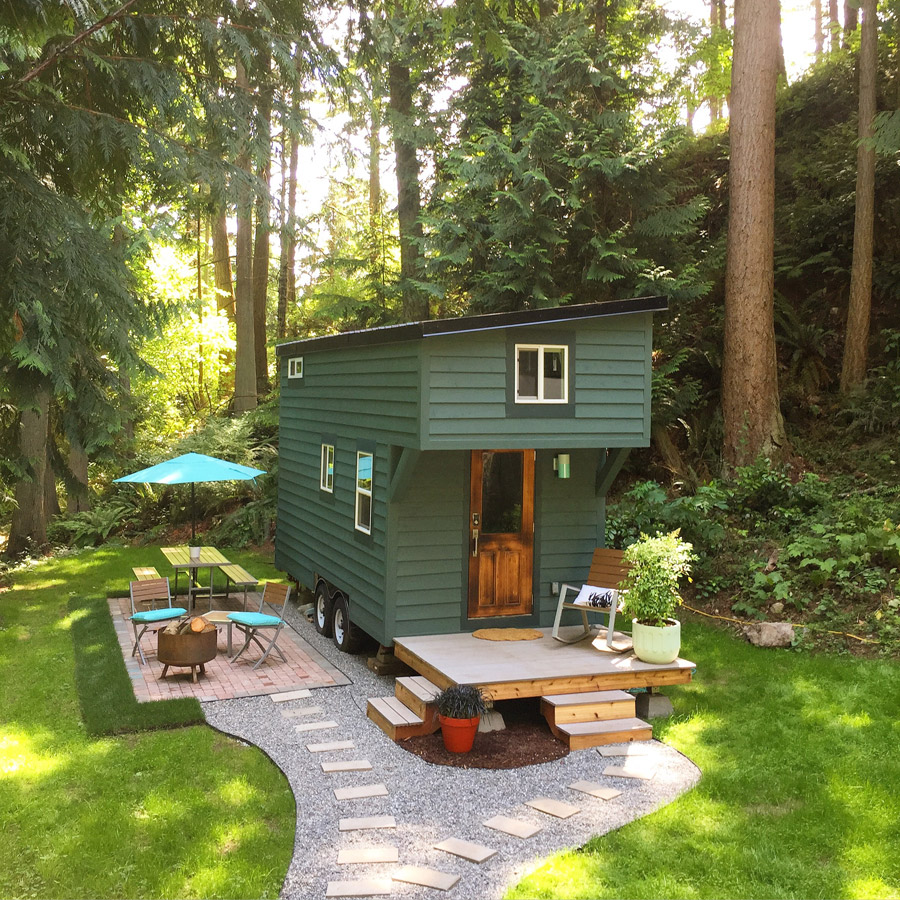You may have noticed the
new-ish trend of Tiny Houses. It seems that you can’t turn on the TV or open a
housing magazine without seeing a piece about Tiny or Small homes. But where
did this movement come from? Who does it? How can I get one?!?
 |
| Source: Tinyhousegiantjourney.com |
Here’s some background for
you:
Back in 1978, the
average size of a new, single family home was 1,780 square feet. Jump ahead to
2013 and that home size also increases to 2,662 square foot. While the average
family size has decreased in that time, homes kept getting bigger.
 |
| source: tinyhouse-design.com |
The small house
movement seeks to return to simpler living with homes that are less than 1,000
square feet. And, if you really want to split hairs, there is a special distincition
between “Small” homes which are 400 to 1,000 square feet and “Tiny” homes which
are anything smaller than 400 square feet.
 |
| Source: Tinyhousepins.com |
Sarah Susanka has been
credited with starting the recent countermovement toward smaller houses when
she published The Not So Big House in 1997.
 |
| Source: tinyhouseliving.com |
Tiny houses on wheels
were popularized by Jay Shafer who designed and lived in a 96 sq ft house and
later went on to offer the first plans for tiny houses on wheels, initially
founding Tumbleweed Tiny House Company, and then Four Lights Tiny House
Company.
 |
| source: UShomeandgarden.com |
In 2002, the Small
House Society was founded as “a cooperatively managed organization dedicated to
the promotion of smaller housing alternatives which can be more affordable and
ecological.”
 |
| Source: fyi.tv |
Hurricane Katrina was a
catalyst for more attention to be driven towards the movement on a nation
scale. Marianne Custato developed Katrina Cottages as an alternative to the
FEMA trailers that were offered to people who were affected by the hurricane.
 |
| Source: Tinytexashouses.com |
The movement continues
to receive increasing media coverage with television shows such as Tiny House Nation
and Tiny House Hunters. In addition, the
possibility of building your own home has added to the movement, with
builders/buyers option to craft their dwellings out of reclaimed or found objects
which allows the builder to save money on supplies and materials. A particularly
niche for tiny houses is to build them on wheels. Tiny houses on wheels are
often compared to RVs; however, tiny houses are built to last as long as
traditional homes, they use traditional building techniques and materials, and
they are aesthetically similar to larger homes.
 |
| Source: Countryliving.com |
On the whole, tiny
homes only make up a very minimal subset of real estate transactions where the
dwelling is the primary living unit. The majority of these tiny structures are purchased
and built for use as guest cottages, offices, or play houses.
 |
| Source: Tinyhousewoon.com |

No comments:
Post a Comment